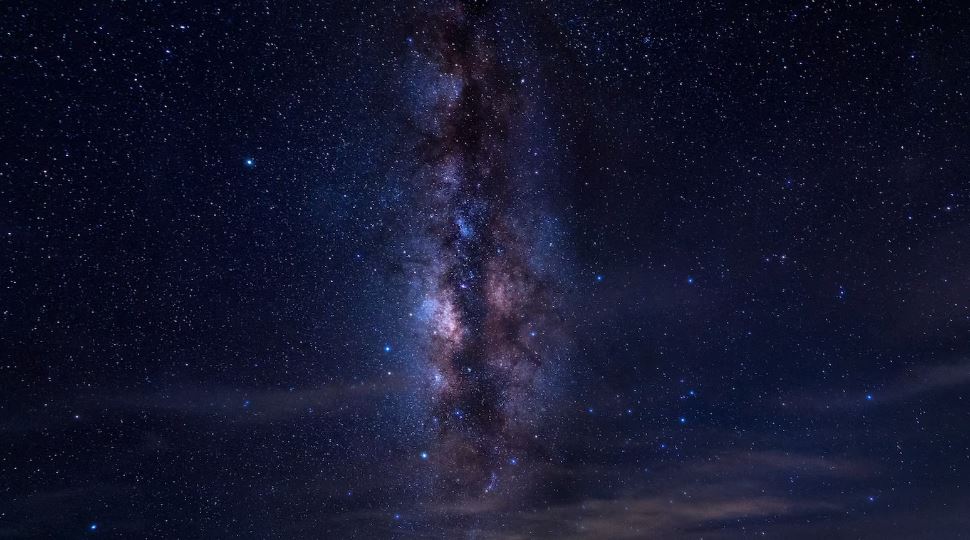Astrophotography is a fascinating genre of photography that requires a combination of technical skills and creativity. Photographing celestial objects and landscapes can be challenging, but with the right camera settings, anyone can capture stunning images of the night sky. In this article, we will discuss the essential camera settings for astrophotography.
Manual mode
Astrophotography requires manual mode. It gives you complete control over the exposure settings, such as aperture, shutter speed, and ISO. With manual mode, you can make precise adjustments to the camera settings that are necessary for capturing the beauty of the night sky.
Aperture
Aperture is the opening in the lens that allows light to enter the camera. The aperture settings you choose will determine how much light enters your camera. For astrophotography, a wide aperture is essential as it will enable you to capture more light. Generally, an aperture between f/2.8 and f/5.6 is ideal for astrophotography.
Shutter
speed Shutter speed refers to the length of time your camera's shutter remains open. A longer shutter speed allows more light to enter the camera, resulting in brighter and more detailed images. However, long exposures can also cause stars to appear as trails instead of points of light. For astrophotography, a shutter speed of 20-30 seconds is recommended.
ISO
ISO is the measure of the camera's sensitivity to light. A higher ISO allows more light to enter the camera, making it easier to capture images in low light conditions. However, high ISOs can also introduce digital noise and graininess in your images. For astrophotography, ISO values between 800 and 3200 are recommended, depending on your camera's capabilities.
White balance
White balance is a camera setting that controls the color balance of your images. Different types of light have different color temperatures, which can affect the colors in your photos. For astrophotography, it is best to set your camera's white balance to "Daylight" or "Tungsten" to get accurate colors.
Focus
Focusing in the dark can be challenging, but modern cameras have features that make it easier. One useful feature is "live view," which allows you to zoom in on a specific area of the image and focus manually. Another technique is to use the stars themselves to focus. By setting your lens to its widest aperture and a high ISO, you can take a test shot and use the stars as a reference to focus on the area of interest.
In conclusion, astrophotography camera settings are critical for capturing stunning images of the night sky. With the right combination of aperture, shutter speed, ISO, white balance, and focus, you can create images that showcase the beauty of the cosmos. Remember to experiment with different camera settings to find the perfect combination that works for you. Happy shooting!
More Astrophotography Topics:
- Astrophotography Equipment for Beginners
- Astrophotography for Beginners
- Best Camera for Astrophotography
- Best Telescope for Astrophotography
- Best Telescope for Deep Space Astrophotography
- What Equipment Do I Need for Astrophotography
- Astrophotography Image Processing
- Night Sky Astrophotography Tips
- Milky Way Astrophotography Tips
- Beginner Deep Sky Astrophotography Targets
- Astrophotography Setup for Beginners
- Astrophotography Tips for Beginners
- Astrophotography for Dummies
- Astrophotography Image Editing Software
- Astrophotography Focusing Techniques
- Best Astrophotography Star Tracking Mount
- Best Beginner Astrophotography Targets
- Best Image Stacking Software for Astrophotography
- Best Narrowband Astrophotography Targets
- Astrophotography Targets by Month
- Good Widefield Astrophotography Targets
- GIMP Astrophotography Plugins
- Flat Frames Astrophotography
- Bias Frames Astrophotography
- Dark Frames Astrophotography
- Calibration Frames Astrophotography
- Dithering Astrophotography
- What is Astrophotography
- Starnet Astrophotography
- Star Tracker Astrophotography
- Best Astrophotography Books
- Astrophotography Setups Under $2000
- Best Phone Tripod for Astrophotography
- Best ISO for Long Exposure Astrophotography
- Removing Brown Tones Astrophotography Images
- Best Focal Length for Deep Space Astrophotography
- Best Guide Scope for Astrophotography
- Do I Need a Guide Scope for Astrophotography
- Astrophotography Targets by Focal Length
- Astrophotography Binning
- Astrophotography Exposure Time
- Bortle Scale
- Tripod Position

